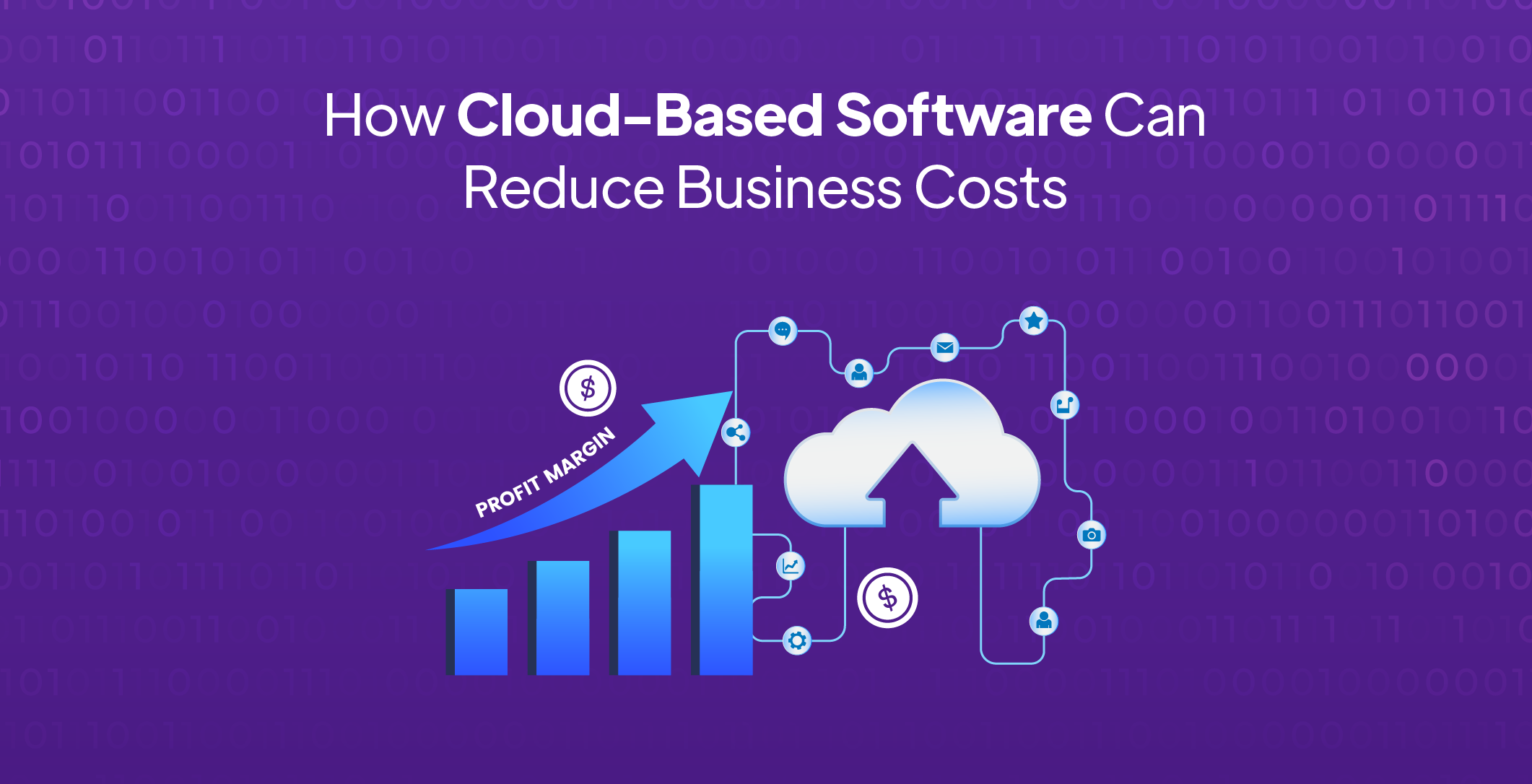Real estate businesses today, must leverage high-performance websites to stay competitive and deliver exceptional experiences to potential buyers, sellers, and investors. A well-designed website not only serves as a virtual storefront but also becomes a critical tool for driving leads, optimizing property listings, and enhancing customer satisfaction.
For real estate businesses, creating a high-performance website is more than just an aesthetic choice; it requires a robust strategy that integrates cutting-edge technologies, seamless user experience (UX), and compliance with industry regulations.
Strategies to Create a High-Performance Real Estate Website
Prioritize Fast Load Times and Scalability
A high-performance real estate website must be optimized for speed.
Research has shown that 47% of users expect a webpage to load in two seconds or less, and for every additional second of load time, conversions can drop by 7%.
- Optimized Hosting: Choose a reliable, scalable hosting platform that can handle high traffic, especially if your real estate business deals with high volumes of listings or active user engagements.
- Content Delivery Networks (CDN): Utilize CDNs to distribute content quickly and efficiently across geographic locations, ensuring faster load times for users everywhere.
- Image Optimization: Properties are the centerpiece of a real estate website, and high-quality images are essential. However, large image files can slow down the loading times. Use image compression tools and implement lazy loading for better performance.
Implement Advanced Search and Filter Capabilities
Real estate websites are often vast, with thousands of properties to browse. A user-friendly, intuitive search function is essential for visitors to quickly find properties that meet their criteria.
- Advanced Filters: Allow users to filter results by various parameters like location, price range, property type, square footage, and amenities. The more refined the search options, the more personalized the experience.
- Auto-Suggestions: Incorporate predictive search that suggests locations, neighborhoods, or property types as users type, improving the speed and accuracy of their search.
- Map Integration: Embed interactive maps with geolocation and proximity filters. This provides users with a dynamic view of properties in relation to schools, transport hubs, or other local amenities.
Mobile-First and Responsive Design
With more than 60% of web traffic coming from mobile devices, ensuring your real estate website is mobile-friendly is a must. A mobile-first approach ensures that your website delivers an optimized experience across all devices, from smartphones to tablets and desktops.
- Touch-Friendly Interface: Design interactive elements (buttons, sliders, etc.) that are touch-friendly for mobile users.
- Responsive Layouts: Ensure that the layout automatically adjusts based on screen size. This ensures that your website maintains its visual appeal and functionality, regardless of the device you use.
- Mobile-Specific Features: Implement features like GPS-based location search, mobile-optimized property image galleries, and simplified contact forms to enhance mobile usability.
Leverage Artificial Intelligence for Personalization
In the competitive real estate market, offering a personalized experience can significantly improve engagement and lead generation. Integrating Artificial Intelligence (AI) tools can help you provide more relevant property suggestions, streamline customer interactions, and enhance decision-making.
- AI-Powered Property Recommendations: Use machine learning algorithms to suggest properties to users based on their past browsing history, searches, and preferences.
- Chatbots for Instant Communication: Implement AI-driven chatbots to answer common queries, schedule appointments, and provide real-time assistance to website visitors 24/7.
- Predictive Analytics: Use AI to analyze user data and predict their preferences, helping real estate businesses optimize their listings and marketing strategies.
Ensure Strong Security and Compliance
For real estate businesses, a website is not just a platform for showcasing properties; it’s a hub for sensitive user data, including personal information, transaction details, and financial records. Strong security measures are essential to protect both your business and your customers.
- SSL Encryption: Secure your website with an SSL certificate to encrypt data exchanged between your website and visitors. This enhances user trust and is also crucial for SEO.
- User Authentication: Implement secure authentication processes for users accessing sensitive areas of your website, such as client portals or transaction systems.
- Compliance with Data Protection Laws: Ensure your website adheres to local and international data protection regulations, such as GDPR, to protect user privacy and avoid legal liabilities.
Conclusion
Building a high-performance real estate website is a multi-faceted endeavor that requires a blend of cutting-edge technology, user-centered design, and a deep understanding of industry needs. By prioritizing fast load times, integrating advanced search functionalities, adopting a mobile-first design, leveraging AI for personalization, and ensuring robust security, you can create a platform that not only meets but exceeds the expectations of your users.
Real estate businesses that invest in these strategies will not only enhance their online presence but will also establish themselves as leaders in the competitive real estate market. At Zerozilla, we specialize in building high-performance websites tailored to your business needs. Let us help you take your real estate business to the next level.



